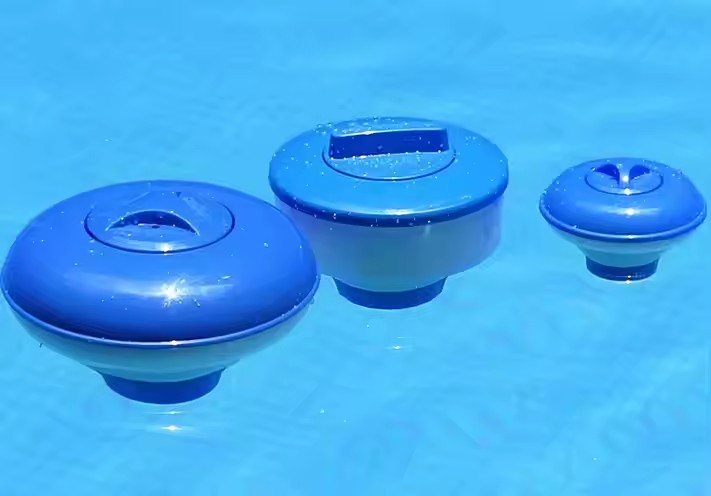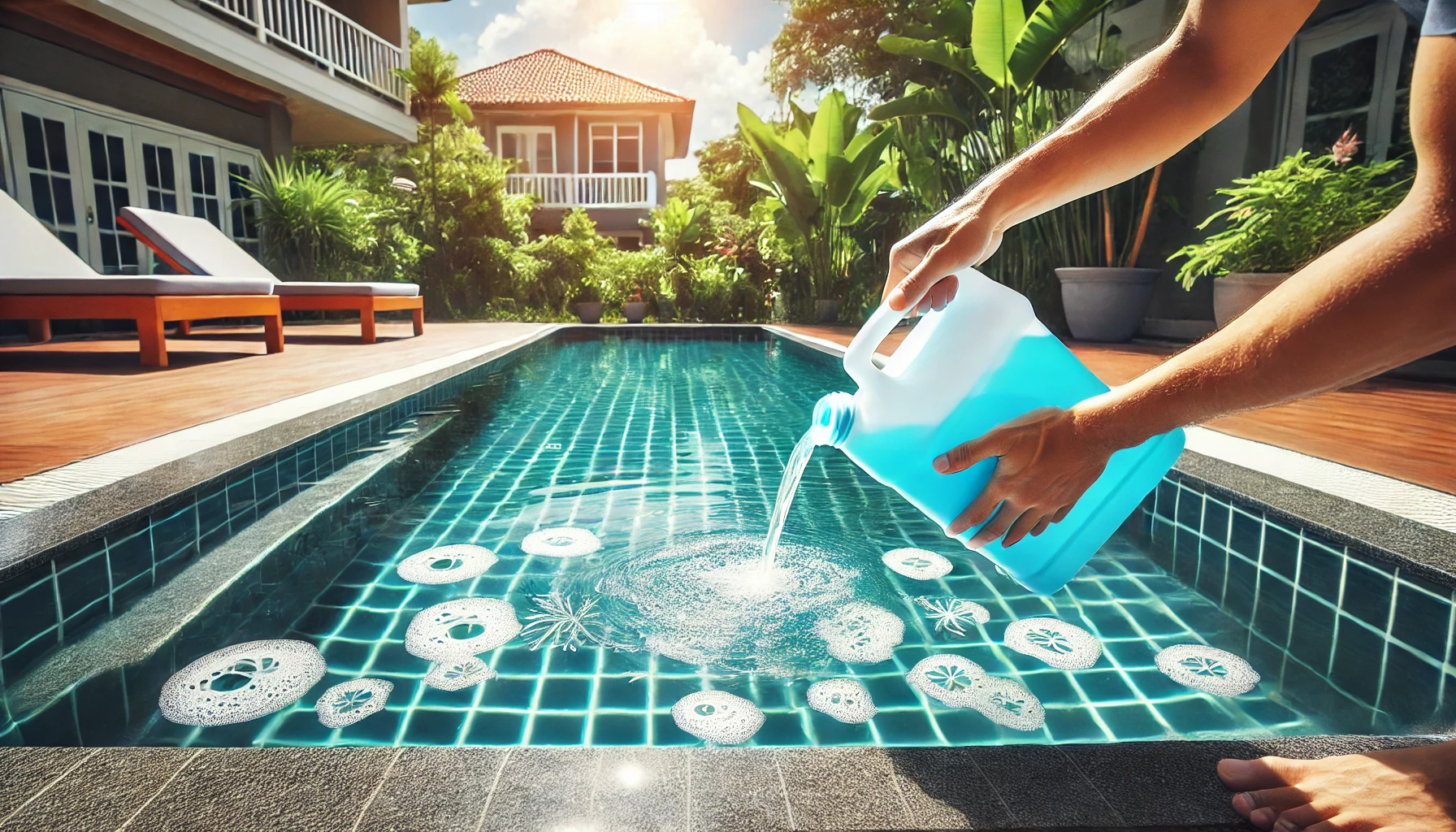A pool sand filter is designed to remove contaminants from pool water and enhance water clarity. It removes bacteria, viruses and tiny particles from the pool water, making the pool water purified. If you want to maximize the role of the pool sand filter, then the choice of pool sand filter is very important. This paper introduces common types of pool sand filters and provides a step-by-step guide to selecting the right one.
Step 1: The purpose of pool water filtration
- The purpose of swimming pool water filtration is to remove microorganisms, suspended matter and solid particles brought into the pool water by swimmers, so that the pool water can be clean and transparent.
- The basic requirement of cleanliness and transparency is that in the case of fluctuations in the water surface of the swimming pool, the lifesaving personnel can clearly see the activities of children and swimmers in the pool water.
- The degree of cleanliness and transparency, that is, the maximum allowable turbidity value of the pool water at this time. The rules vary from country to country. The WHO Guidelines for the Safety of Swimming Pools and Similar Water Environments, 2006 Edition, recommend a turbidity of 0.5 NTU for swimming pool water.
Step 2: Common pool sand filter
Common pool sand filters are divided into stainless steel pool sand filters and glass pool sand filters, because of the different material and performance of the filter, its applicable fields and efficiency have many different places.
Stainless steel pool sand filter: It is generally suitable for large pool water treatment, it has long life, high temperature resistance, high pressure resistance, easy to maintain, and corrosion resistance will not produce secondary pollution to water quality, and can be installed in different environments.
Glass tank sand filter: It is made of excellent quality glass fiber resin. It has high density, uniform thickness, tight winding, and an automatic backwashing function, enabling uninterrupted water supply. Glass tank sand filters can be selected for single use or multiple combinations according to the performance and requirements of filtration.
Step 3: Structure classification of pool sand filter
Pool sand filter from the structure shape can be divided into: top pool sand filter, horizontal pool sand filter, side pool sand filter and so on. At present, the swimming pool uses the overhead pool sand filter more, because the height makes the filtration effect better, and the backwash water is reduced.
- Vertical filter (diameter is generally 600~2400mm, the height is determined by the thickness of the filter material)
- Horizontal filter (diameter is generally 2400~2600mm, length depends on the installation space)
Step 4: How to choose the right pool sand tank filtration equipment
The filter with quartz sand as the filter medium can be divided into pressure filtration (pressure) and quartz sand vacuum negative pressure filtration (no pressure). From 1950 to the present, quartz sand pressure filter: traditional technology, stable water quality, simple operation, low maintenance costs, small machine room height, low equipment investment cost advantages. It can not only adapt to the public swimming pool and upstream pool load change range, and has the advantages of economy, easy maintenance and long service life.

Step 5: What are the conditions for selecting the pool sand filter
The selection of sand cylinder (filtration performance, sand cylinder size) is mainly based on the cycle of the swimming pool, and the cycle has certain requirements for the filtration speed. Under normal circumstances, the greater the filtration speed, the lower the filtration effect. Practice has proven that the filtration speed in the range of 10~25m/h is proportional to both filtration effectiveness and filter pressure loss. If the passing speed exceeds 25m/h, the filtration efficiency decreases quickly, that is, with the increase of the filtration speed, the quality of the filtered effluent will continue to deteriorate. From theory to practice, it has been proved that the use of too high filtration speed, not only affect the quality of the filtered effluent, but also shorten the working cycle of the filter, increase the number of backwashing and backwashing water, which shows that the selection of filtration speed is very important.
Conclusion
The selection of a pool sand filter can be customized based on factors such as environment, water quality, and size. The most crucial aspect is to match the filter material with the need to eliminate microorganism growth at the source, avoid secondary pollution, reduce the use of disinfection agents, and improve water clarity and health coefficient.


